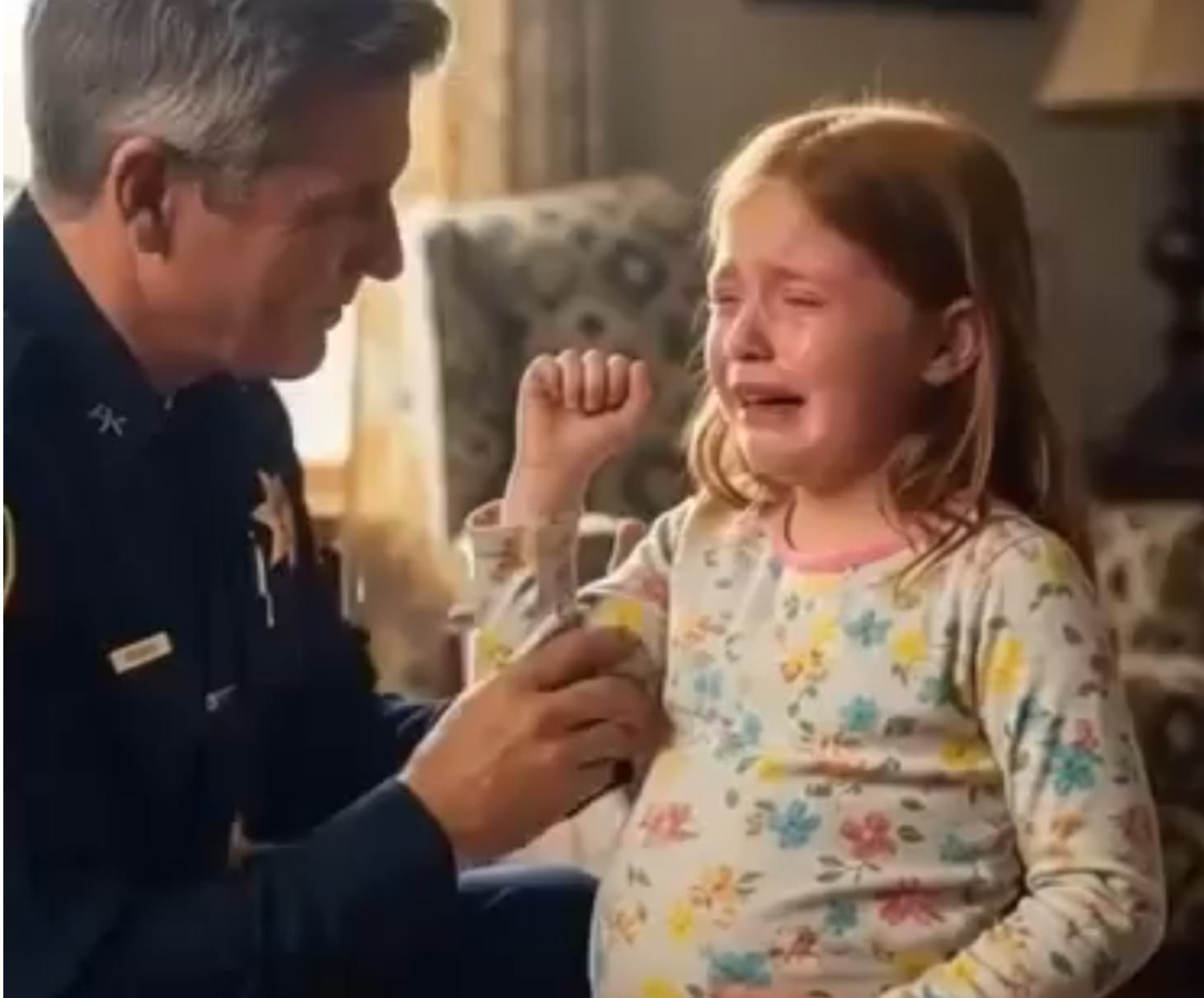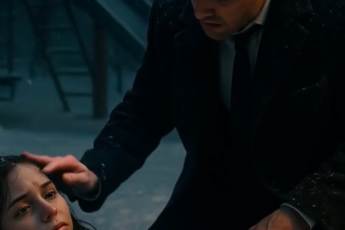At the emergency center in Pinos Verdes County, an ordinary day suddenly changed at 2:17 p.m. on a September Tuesday. A 911 call brought to light the courage of an eight-year-old girl and the composure of an experienced dispatcher.
This is the story of Liliana and Vanessa Gómez — two voices that met over a phone line to set a life-saving response in motion.
The Dispatcher’s Portrait and the Zero Moment
Vanessa Gómez had been working for more than 15 years at the Pinos Verdes emergency dispatch center. Over the years, she had responded to countless situations — heart attacks, traffic accidents, fallen trees. The routine was familiar, the procedures precise.
But at 2:17 p.m., when a call came in from a modest home, her focus sharpened instantly. Vanessa’s voice remained calm, as protocol required, while her hands moved automatically across the keyboard to trace the location and dispatch resources.
“911. What’s your emergency?”
The answer came after a few tense seconds. On the other end of the line, a child’s trembling voice broke the silence. From the tone alone, Vanessa understood she needed to ask carefully — every second matters when dispatchers are speaking with children.
“It was my dad and his friend. Please… help me.”
The Voices on the Line: Liliana and the Silence of a House
Following the standard questions, the conversation revealed the caller’s identity: a little girl named Liliana, eight years old. She described severe abdominal pain and a visible swelling. In the background, Mexican cartoons played on the television; no adult voices could be heard. Vanessa kept the child talking — a crucial step in cases with minors — to calm her and to gather useful information for the responding team.
“My name is Liliana. I’m eight,” said the girl, her voice breaking. “My tummy hurts really, really bad. It’s big and it keeps growing.”
Through simple but precise questions, the dispatcher tried to understand the context at home: where the parents were, what had happened before the pain started, whether there was any immediate danger.
“Liliana, where are your parents right now?”
“Mommy’s sleeping again because her body keeps fighting,” she sighed. “Daddy’s at work. But I think what they gave me made me sick.”
“What do you mean by that, Liliana? What did your dad and his friend give you?”
“Food and water. But after they came, my tummy started hurting really bad.”
As she continued the dialogue, Vanessa processed the call’s location and sent emergency units to the scene. She chose to stay on the line, using her voice as an emotional stabilizer. In such moments, every clear instruction helps reduce anxiety and buys precious time for responders.
“Can you look out the window for me, sweetheart? A police officer is coming to help you. His name is Officer López, and he’s very kind.”
Soon, small footsteps could be heard through the receiver — a sign that the patrol had arrived and the response chain was working. The little girl recognized the officers’ presence.
“The police car is here. They’ll fix my tummy.”
“They’re going to help you, Liliana. Stay with me on the phone and open the door when they knock.”
The Arrival on Maple Street
According to the phone trace and GPS data, Officer José López reached a single-story house on Maple Street — modest, with chipped window frames, the marks of a struggling household. Meanwhile, dispatch kept the line open with the caller to ensure safe and quick access for the team.
Beyond the drama of the moment, the case illustrates how emergency procedures work step by step: identifying the danger, assessing the caller’s condition, keeping them on the line, immediately alerting responders, and coordinating at the address.
For a child left alone, a steady voice on the other end of the line can turn panic into simple, actionable steps — look out the window, recognize the uniform, open the door.
The chain set in motion by that 911 call connected, within minutes, a dispatcher, a patrol car, and an eight-year-old girl brave enough to ask for help. The modest house on Maple Street became the meeting point between the calm voice in the receiver and the hurried footsteps on the porch, as the line remained open — and Vanessa Gómez’s steady tone guided every next move.






